One of the most successful British post war submarines was the Oberon class submarines.
Quiet and capable these boats were the backbone of the Royal navy through the 1970’s and 1980’s.
Today you will find many of these boats as museums around the world and that’s not by accident, many boats were exported to various nations.
Brazil, Chile, Canada and Australia as well as the UK operated these submarines from the 1960s until 2005.
Designed as a follow on from the porpoise class in outward appearance they look almost identical.
The Oberon however was built using different steel namely QT28 which is easier to work with and stronger.
A total of four shipyards built twenty-seven submarines: Chatham, Vickers Armstrong, Cammell laird, and Scots shipbuilding and engineering.
The first submarine HMS Oberon was laid down in November 1957, launched July 1958 and commissioned February 1961.
Chiles submarine Hyatt became the last to be built being laid down in January 1972, launched September 1973 and commissioned September 1976.
HMS Oberon became the first boat decommissioned, in 1986 she was taken out of service and scrapped in 1991.
Nearly all the boats served into the 1990s with a few serving past the year 2000. The last boat Chiles O’Brien served until 2005.
The Oberon Specifications
Two admiralty standard V16 1,850hp diesel engines provided the submarine its ability to generate power and recharge batteries.
The diesel engines would provide power to the two 1,280kw generators which in turn recharged the batteries.
While underway the submarine used two 3,000hp electric motors turning two shafts with a 3 blade screw.
Each screw had a diameter of 2.1m and at full speed would run at around 400 revolutions per minuet.
Surfaced the boats could make around 12 knots, submerged that increased to around 17 knots.
However being a conventional boat running at high speed would mean draining the batteries rapidly (within hours).
Various engine configurations were used, the Canadians opted for two slightly modified ASR V16 diesels producing 3,700hp each.
These were coupled with two 6,000hp English Electric motors giving the Canadian boats a slightly higher underwater speed.
Australia decided to retain the original admiralty diesels but use the English Electric main motors the same set up was used in both Brazilian and Chilean boats.
Oberon Capabilities and Limitations
Despite the speed limitations on paper the boats were capable of 10,000 miles before refueling.
HMS Onyx proved the range capability in 1982 when she was sent to the south Atlantic to operate around the Falklands 8,000nm from the UK.
Each boat carried around 260t of fuel oil this would give them a unrefueled endurance of around 56 days.
Replenishment at sea would increase that substantially and it was often the case these boats would conduct operations lasting in excess of 90 days.
Maximum diving depth of the O boats was around 200m (650ft) which by todays standards is quite shallow.
They were very quiet and effective boats while on operations with one surfacing off the statue of liberty completely undetected.
Oberon Sensors and weapons
Each country had their own input into the type of engines, weapons and sensors put onboard their submarines.
For example the British boats carried the MK8 and tigerfish torpedoes while the Australian and Canadian boats carried the MK37 and later MK48 ADCAP torpedoes.
All the boats had eight 21in (533mm) torpedo tubes of which six were forward and two aft although the aft tubes were later redundant.
Mines could also be carried, Australian boats could also fire Harpoon anti-ship missiles.
A total of 24 weapons could be carried on these boats.
Various Sonars were used on the boats these included the type 183,185,186,189,197, 817 and later type 2007.
These were dubbed Searcher, Watcher, Attacker and Scanner. All were deployed at some point in the submarines and each had their own tasking.
Export submarines also used these sonars notably the Australians opted for the Atlas type CSU3-41 bow array and the BQG-4 PUFFS sonar.
Type 1002 search and navigation radar were fitted and complimented by MEL Manta and UA4 radar warning system.
Two periscopes were also fitted one for attack the other for observation.
The fin also had the snorkel mast which vented the exhaust fumes as well as replenish the air in the boat.
Oberon Operations
Most of the log books remain classified to this day but some exploits of the O boats are known.
During the Falklands war in 1982 HMS Onyx provided early warning to the fleet for aircraft leaving airfields in southern Argentina.
In 1991 HMS Ocelot was tasked with heading out to the Persian Gulf however hostilities ended before she arrived, she was decommissioned later the same year.
British and Canadian O boats were usually tasked with monitoring the Greenland, Iceland UK (GIUK) GAP in the North Atlantic.
Their other tasking was to gather Signals intelligence (SIGNIT) and Electronic intelligence (ELINT) in the Arctic and Atlantic mainly.
During exercises O boats often stood in for Soviet boats as at the time the Soviets had many conventional submarines.
These boats were loosely comparable with the foxtrot, and Whiskey classes although being built to a much higher standard.
The cold war ended in 1991, and ensuing budget cuts as well as the plan to go all nuclear the O boats of the Royal navy were all decommissioned by 1993.
The majority of boats were cut up for scrap. British boats HMS Onyx, HMS Ocelot and HMS Otus were preserved as museum submarines after their withdrawal.
Oberon class as Museums
In total ten boats are currently preserved in various condition, HMS Onyx has now been scrapped but you can find where they are here:
HMS Ocelot at Chatham historic dockyard Kent UK https://museumships.us/united-kingdom/ocelot
HMS Otus at Sassnitz Germany https://museumships.us/germany/otus
HMCS Onondaga Rimouski Quebec Canada https://museumships.us/canada/onondaga
HMCS Ojibwa Port Burwell Ontario Canada https://museumships.us/canada/ojibwa
HMAS Onslow Sydney Australia https://museumships.us/australia/onslow
HMAS Otway Holbrook NSW Australia (monument) https://museumships.us/australia/otway
HMAS Ovens Freemantle Australia https://museumships.us/australia/ovens
HMAS Otama Victoria Australia (Awaiting preservation) https://museumships.us/australia/otama
O’brien Valdivia Chile https://museumships.us/chile/o-brien
Riachuelo Rio De Janeiro Brazil https://museumships.us/chile/o-brien
Oberon Replacements and conclusion
With the Oberon class becoming rapidly obsolete by the 1980s the drive was on to find replacements.
In the Royal Navy the Oberon was briefly superseded by the Upholder class which were later sold to Canada.
Originally a batch of twelve upholders were considered this number being cut to just four.
As the cold war had ended the need for conventional submarines and a large navy diminished the decision was taken to go all nuclear.
Canada always looking for a bargain decided to purchase the four laid up boats in the late 1990s seeming them as the deal of the century.
Renamed the Victoria class these boats have suffered many setbacks with their current operators.
Australia recognizing the same issue opted to replace their submarines with a Swedish design which became the Collins class.
For their time the Oberon’s while limited in some ways by their design provided their operators with a decent submarine capability.
While it could be argued that against other submarines especially nuclear ones they would likely come off worse they were the right boat at the right time and for the right price.
Sources
@Saturnax1 Twitter fohttps://youtu.be/wO-YIW5bN-Ar providing pictures https://twitter.com/Saturnax1
RN Subs http://www.rnsubs.co.uk/
Museum Ships https://museumships.us/
Submarine Institute (Australia) https://www.submarineinstitute.com/
Official Canadian government website https://www.canada.ca/en/navy/services/history/canadian-submarine-history/canadian-submarine-history.html
Naval Association Canada https://www.navalassoc.ca/
Sub Brief https://www.patreon.com/subbrief/posts
Sub Brief Oberon class UK Video https://youtu.be/wO-YIW5bN-A
Sub Brief Export Oberon Video https://youtu.be/Mhp8EYPHs-8
HMS Ocelot Authors photo album https://www.flickr.com/photos/131313936@N03/albums/72157654057628073/with/20021056662/
HMCS Ojibwa Authors photo Album https://www.flickr.com/photos/131313936@N03/albums/72157672054090958

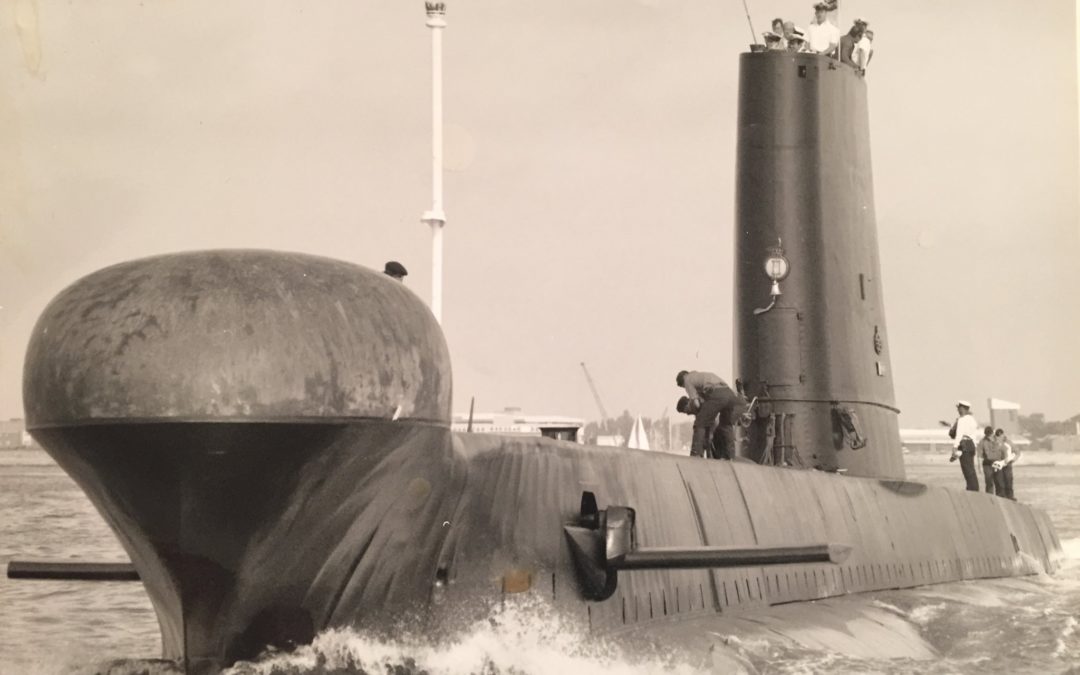
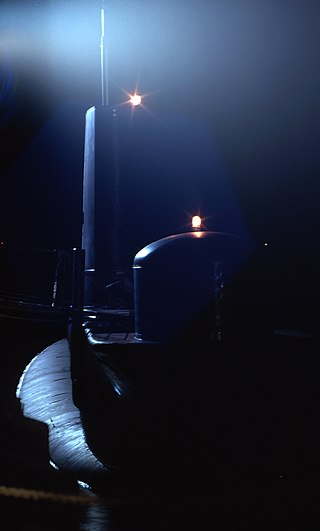
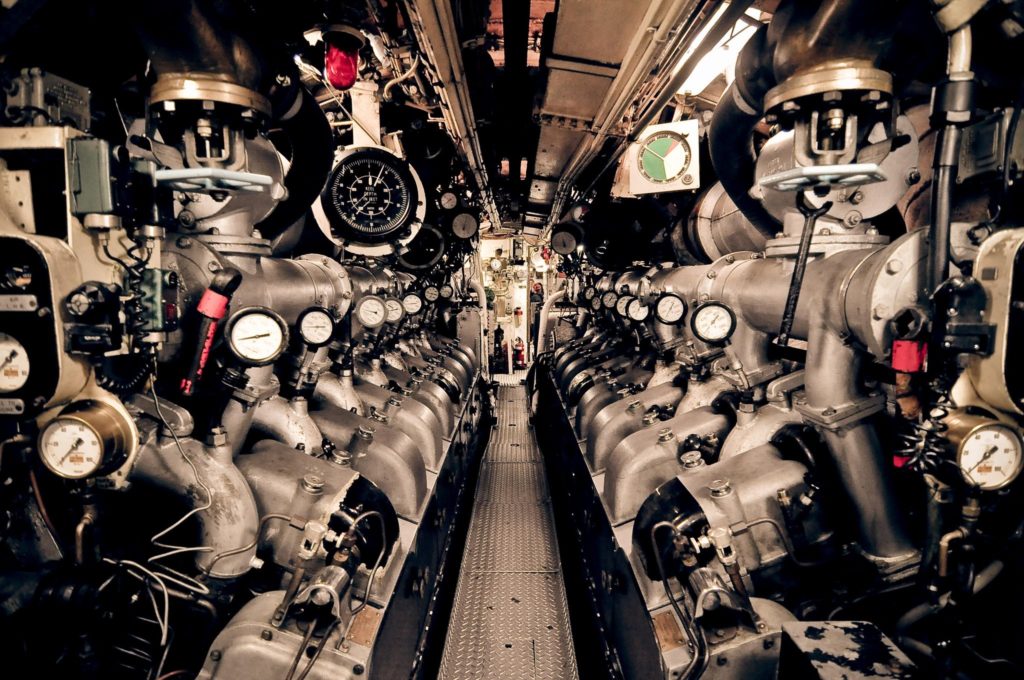
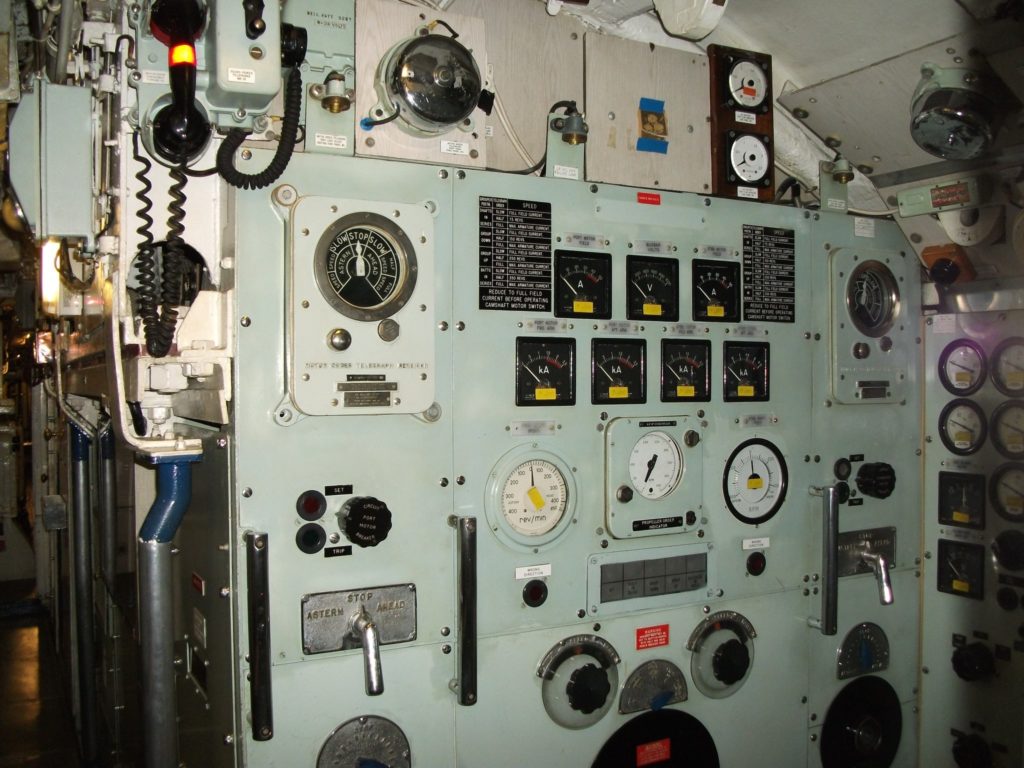
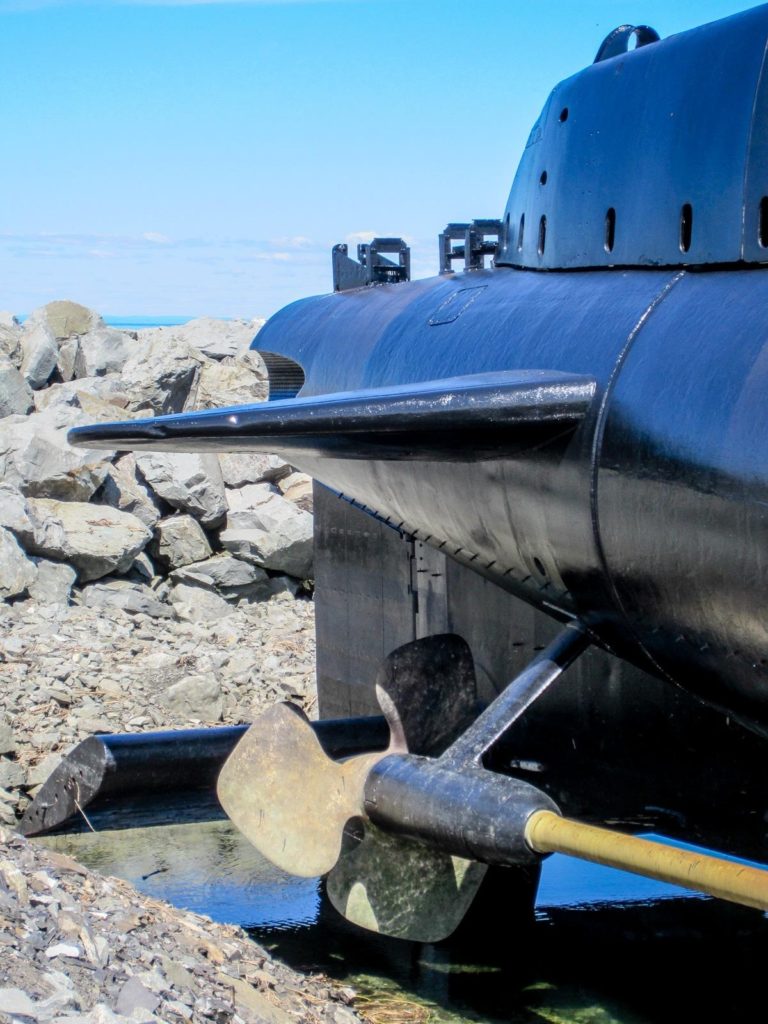
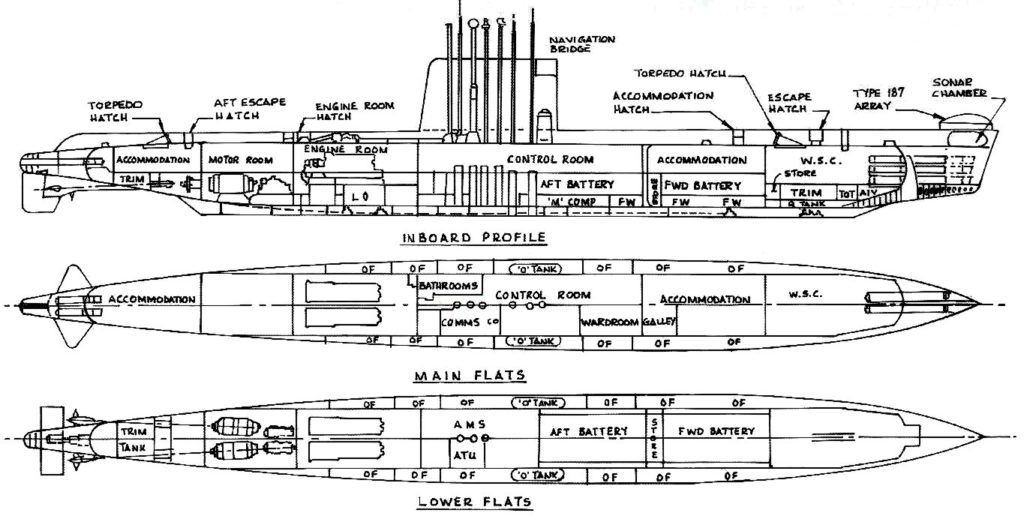
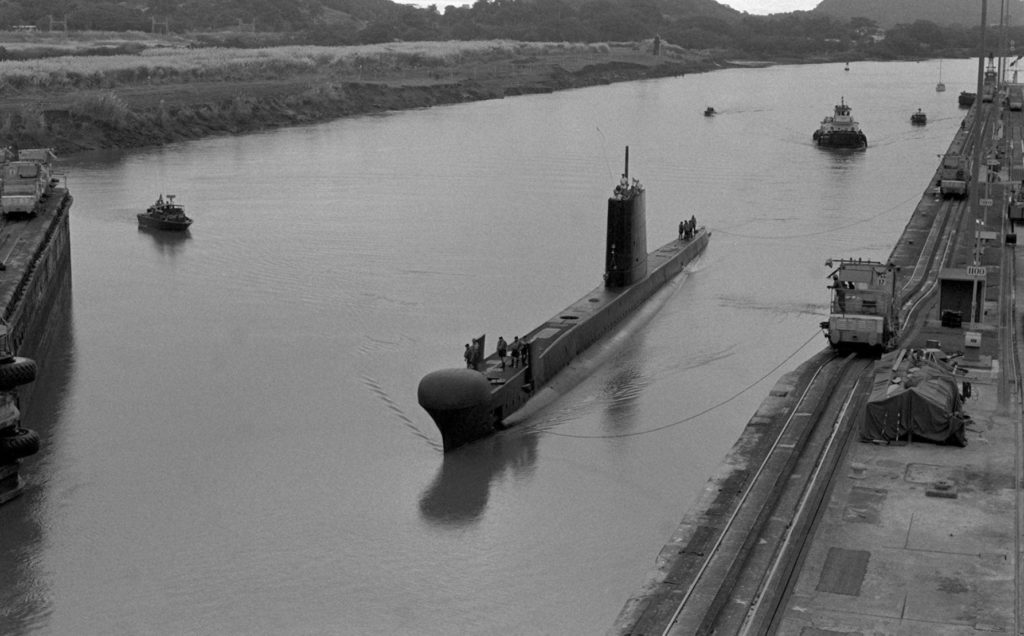
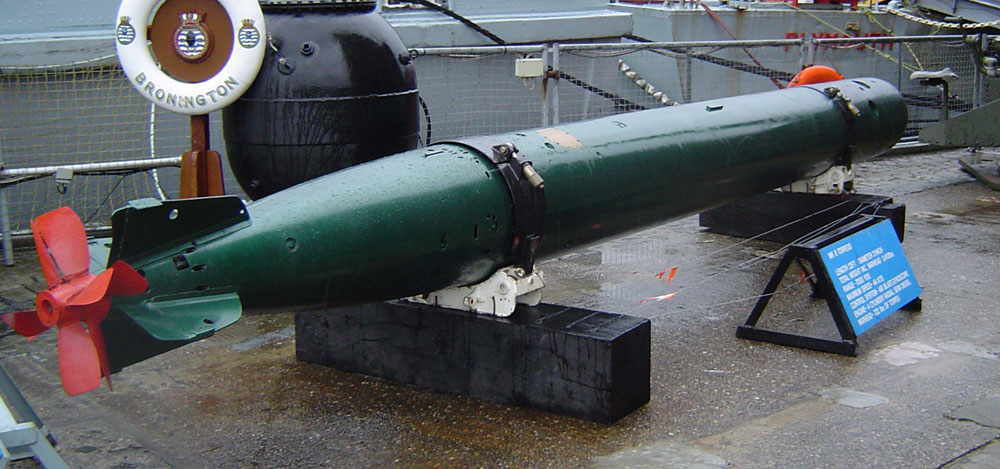
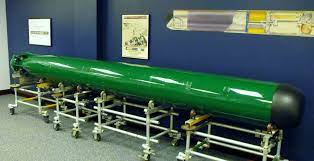
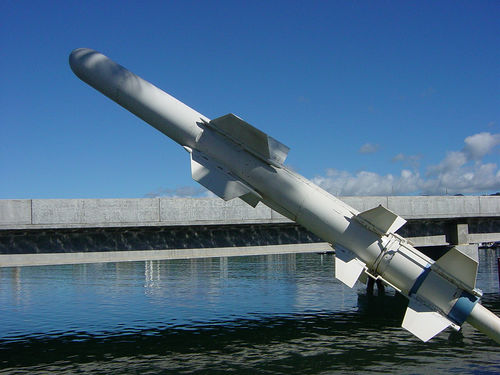

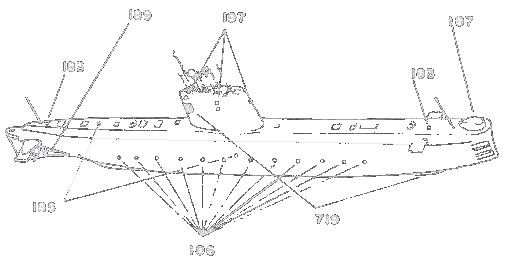
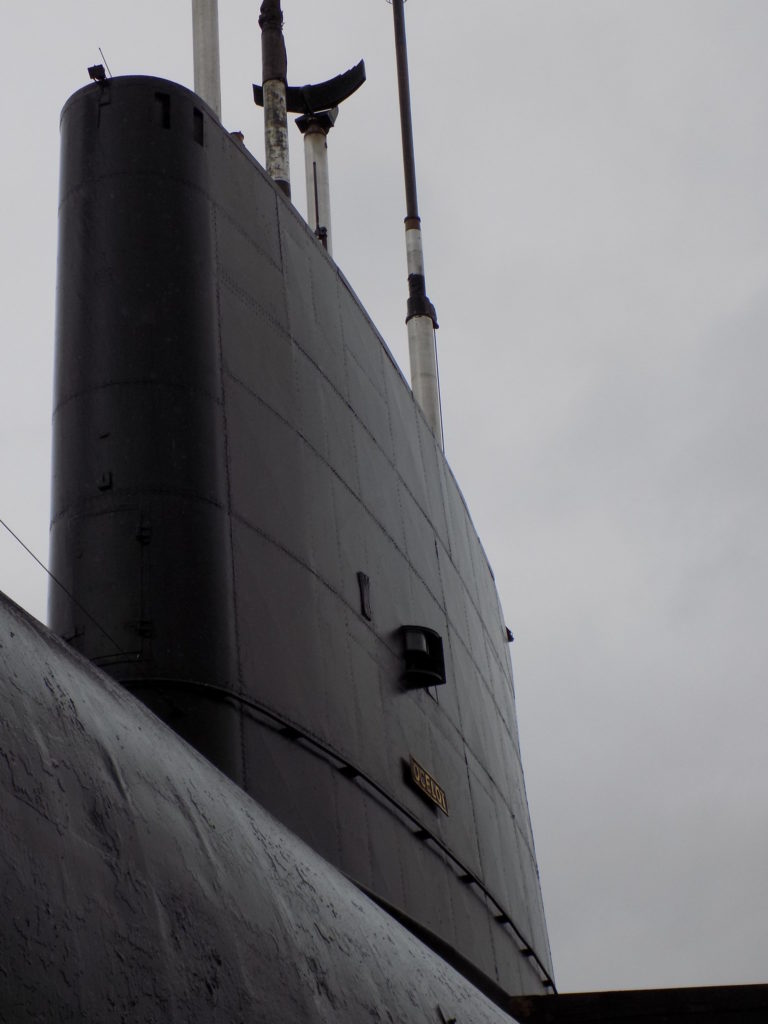
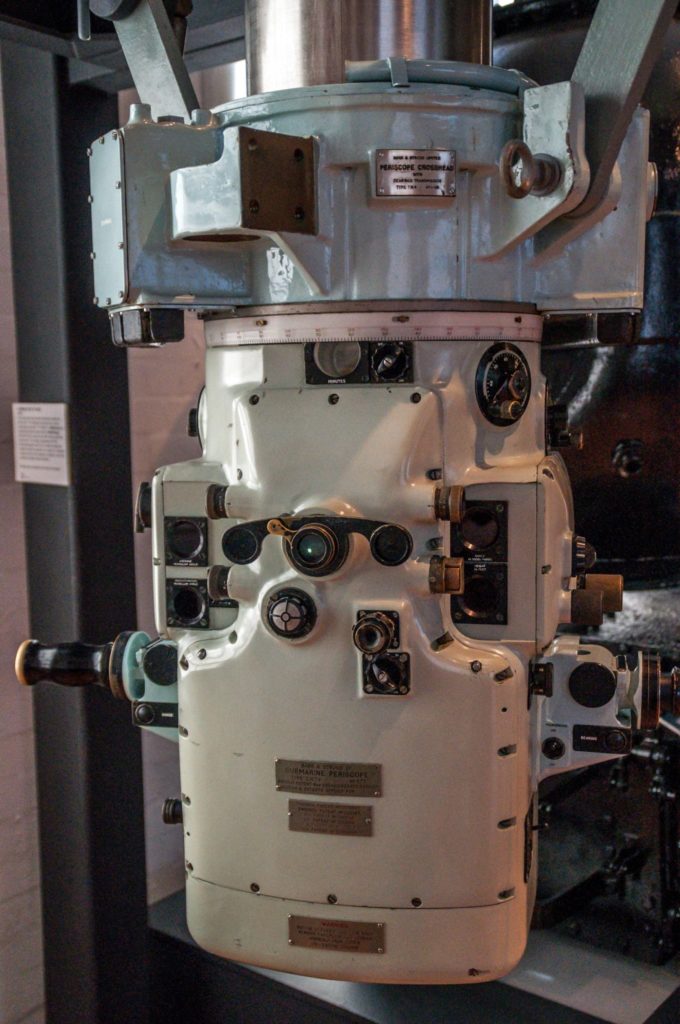
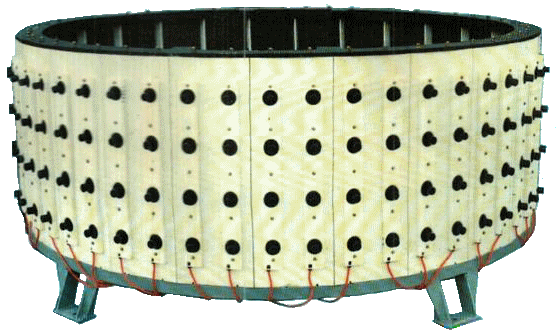
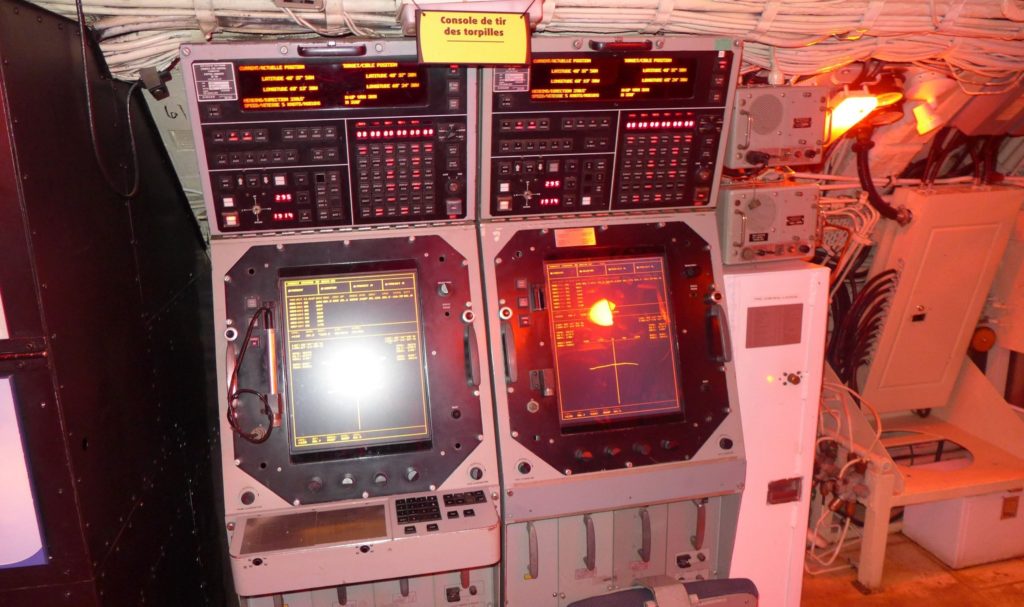
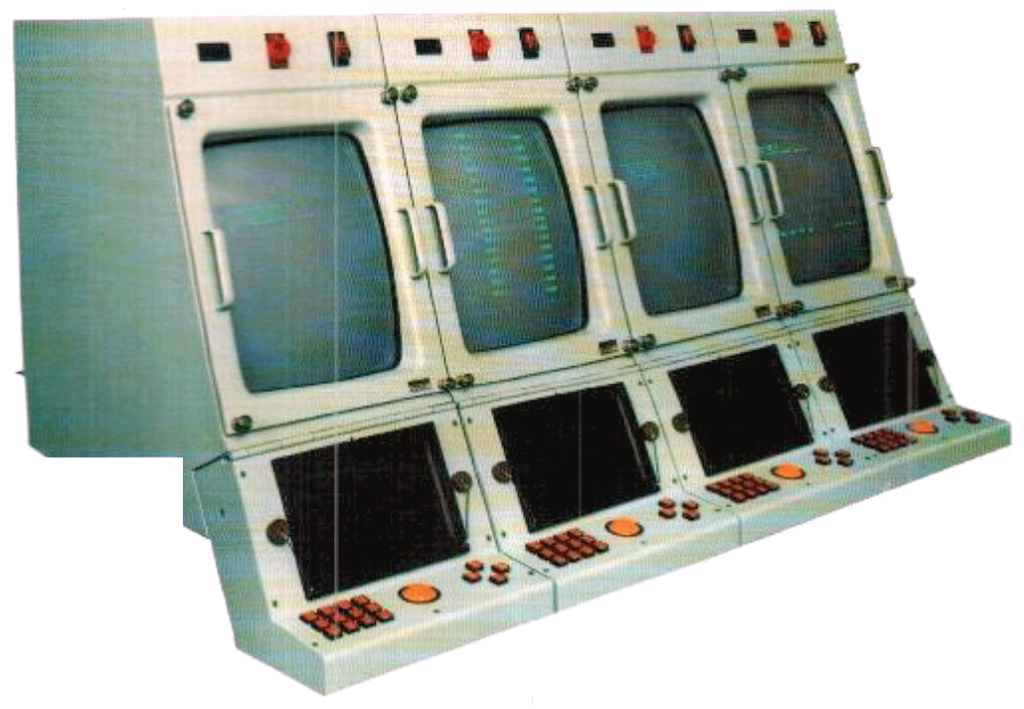

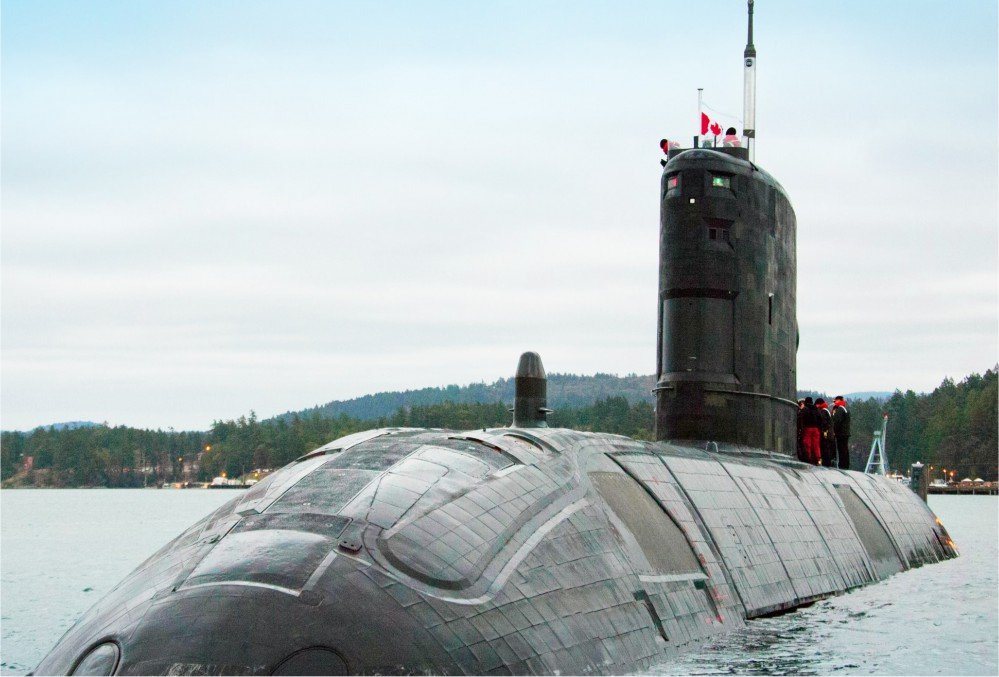

Recent Comments